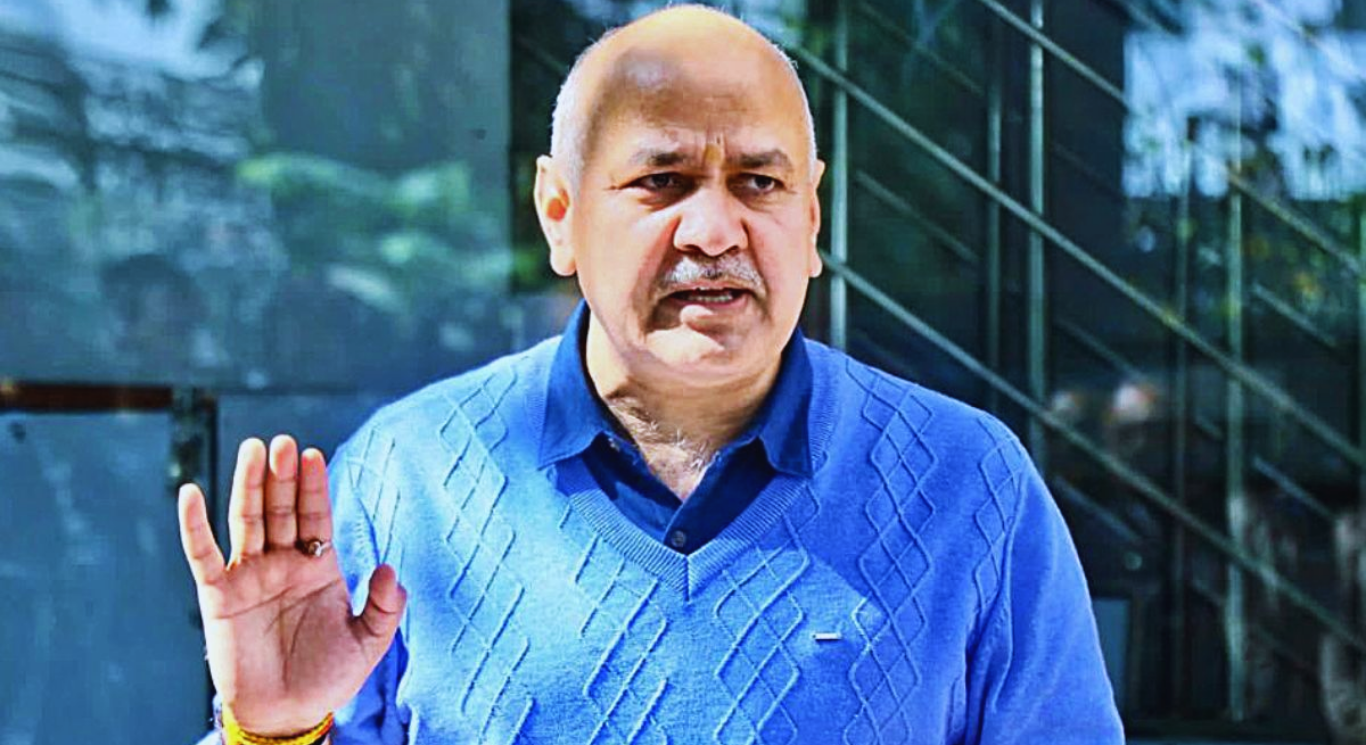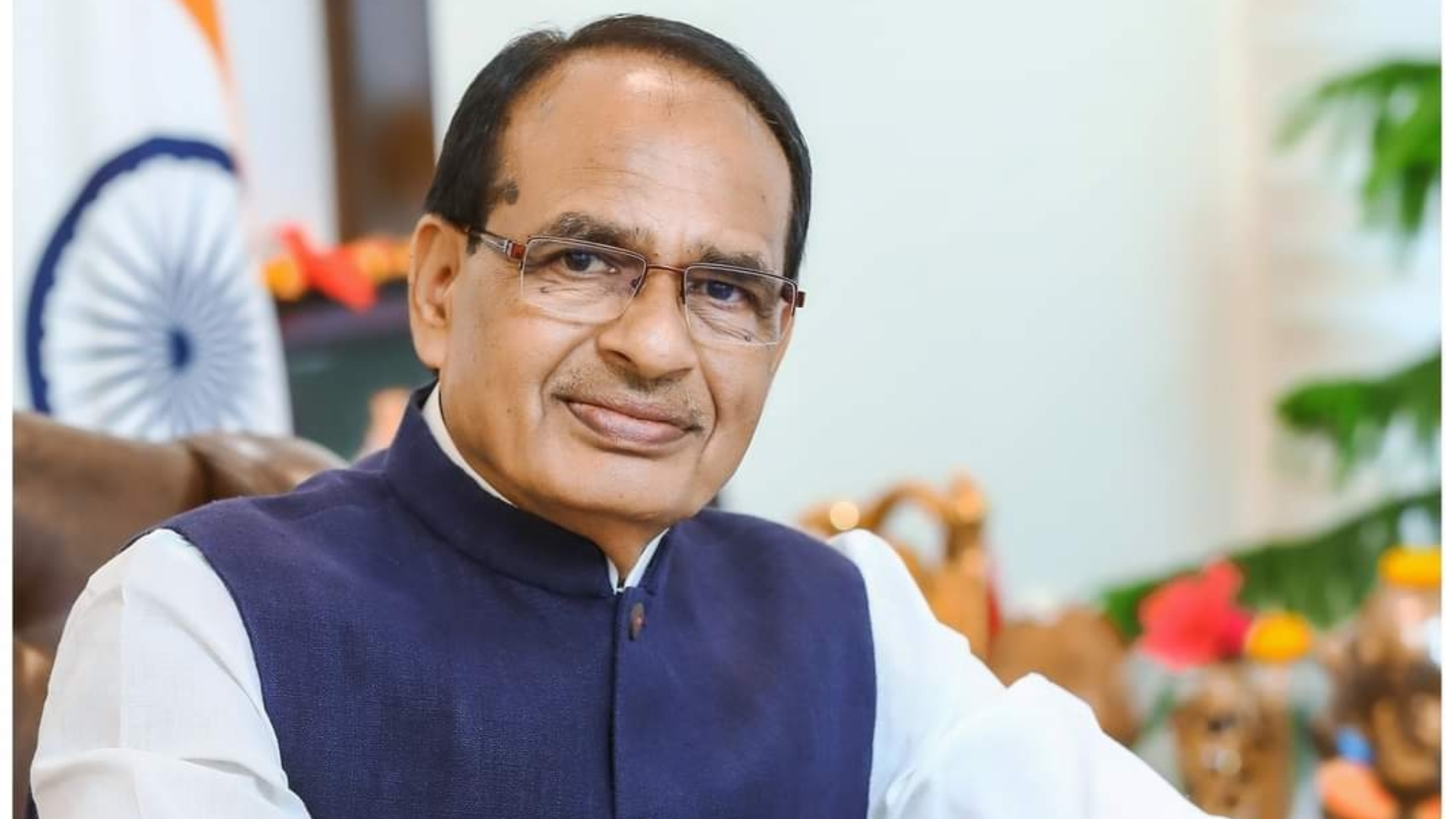




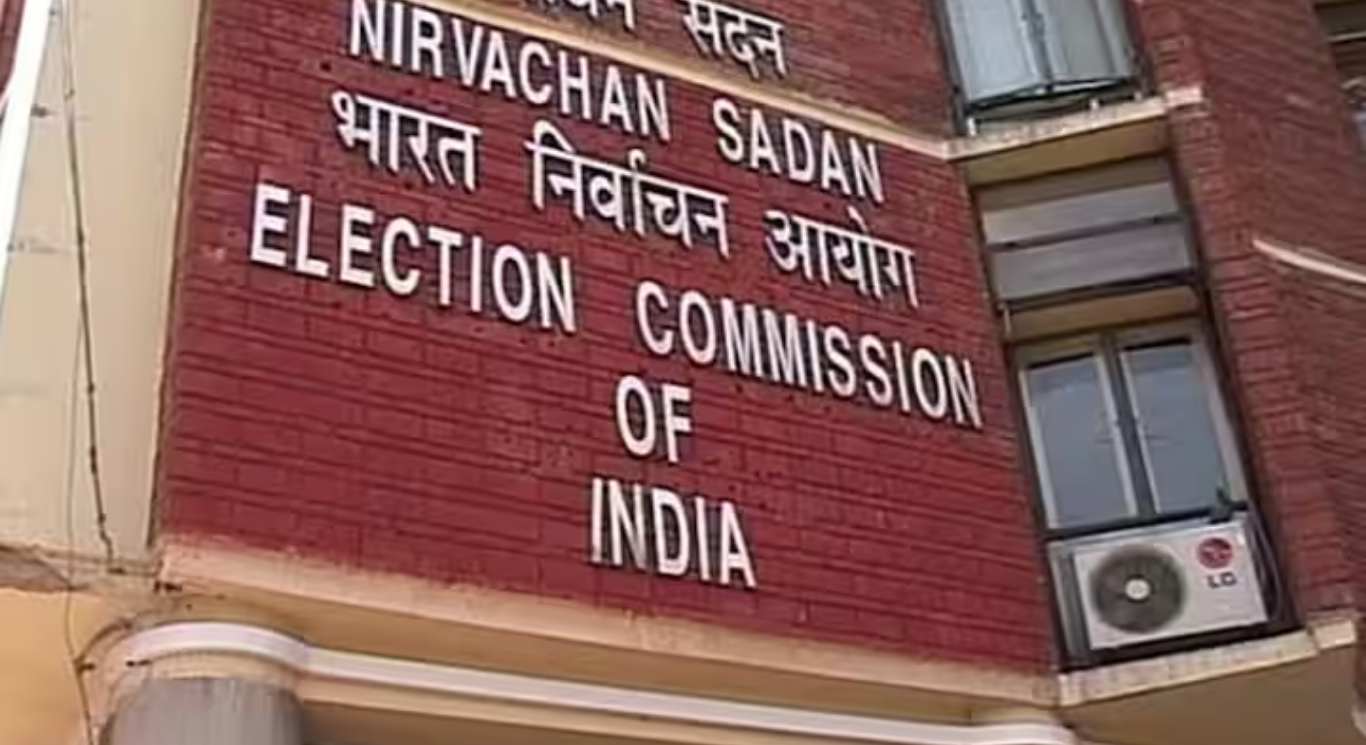
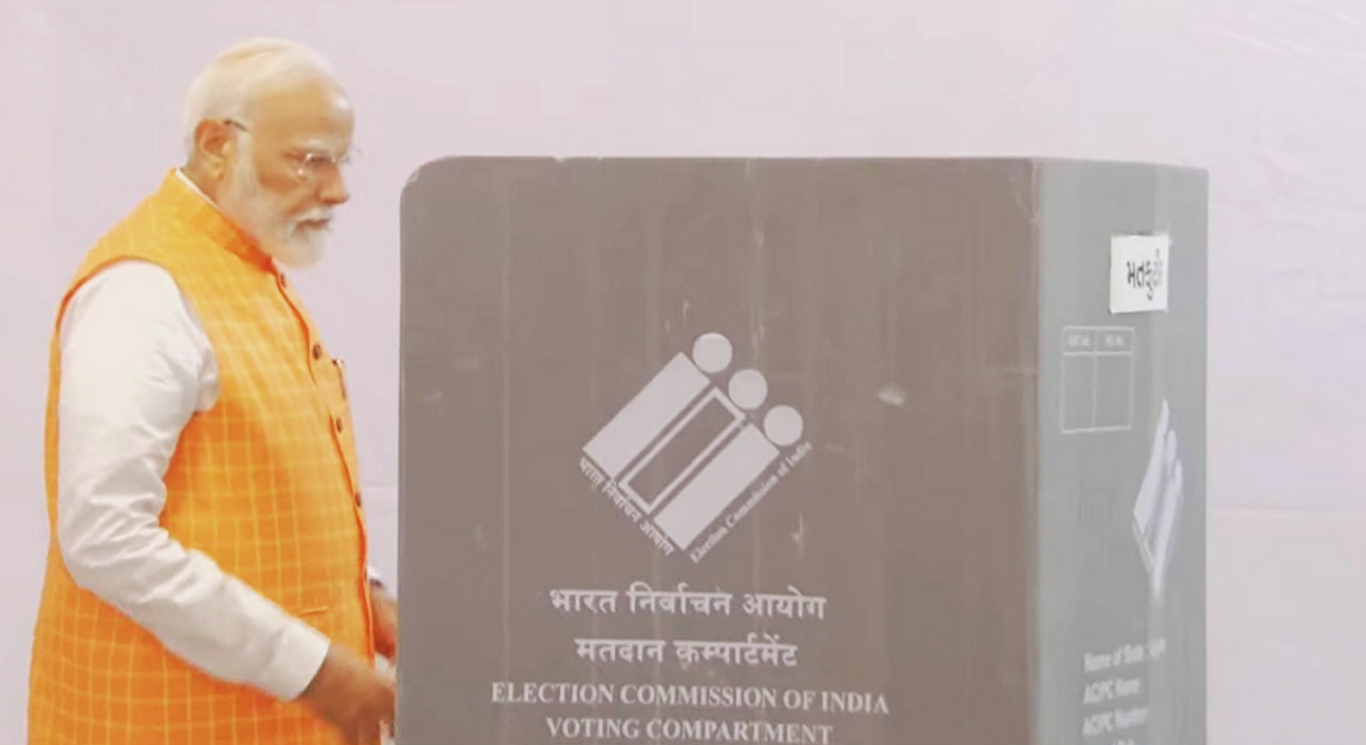

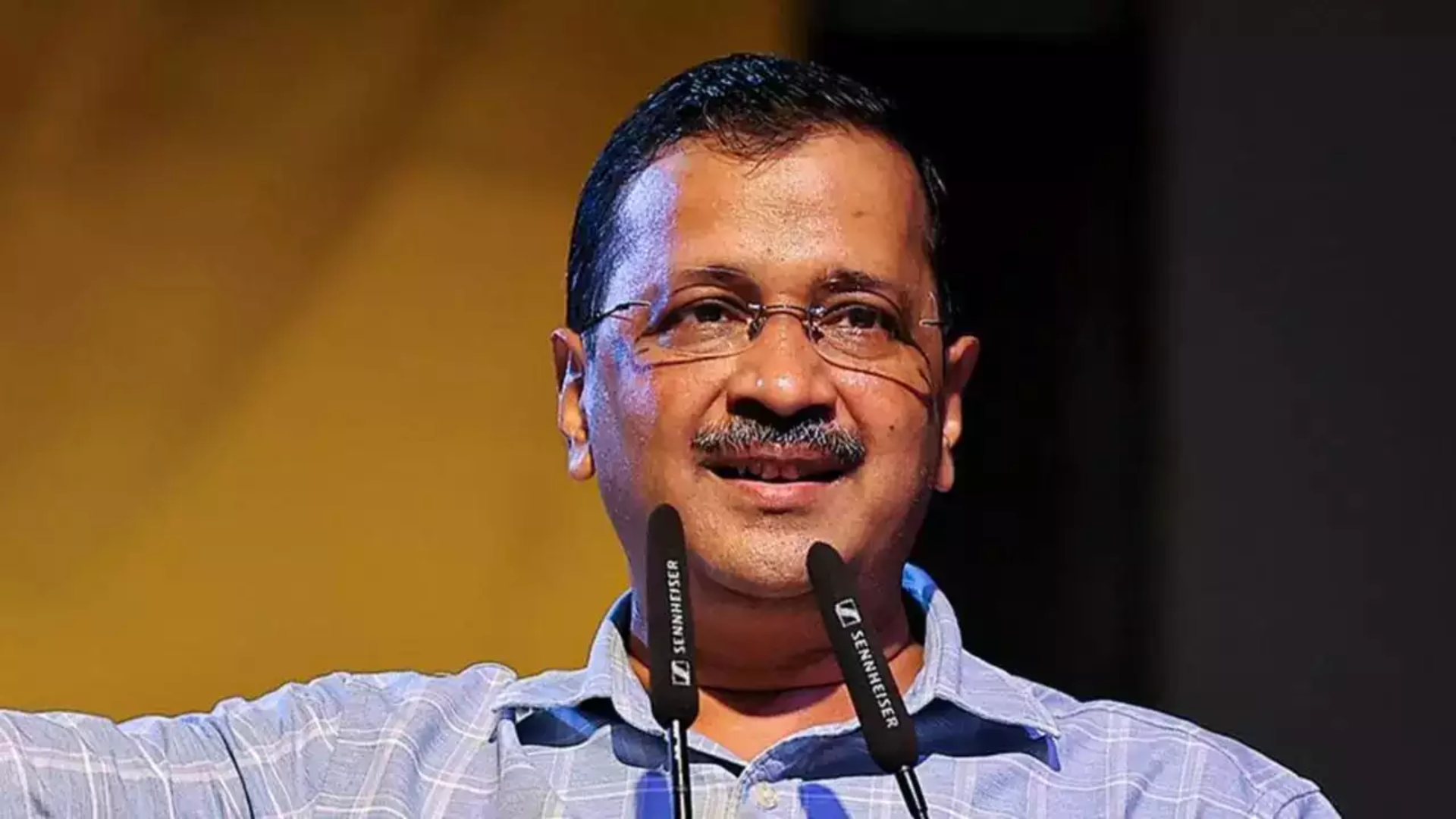
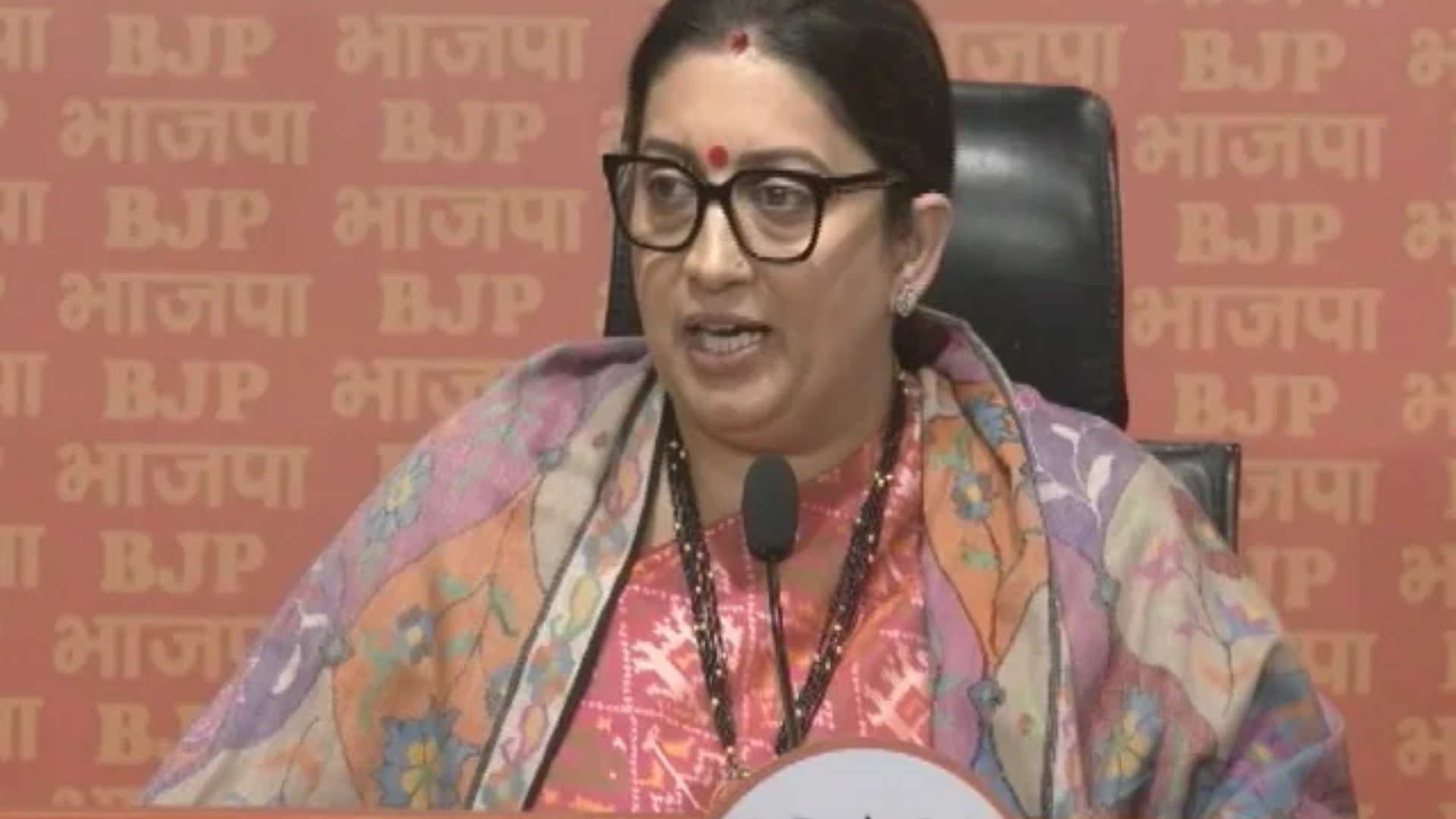
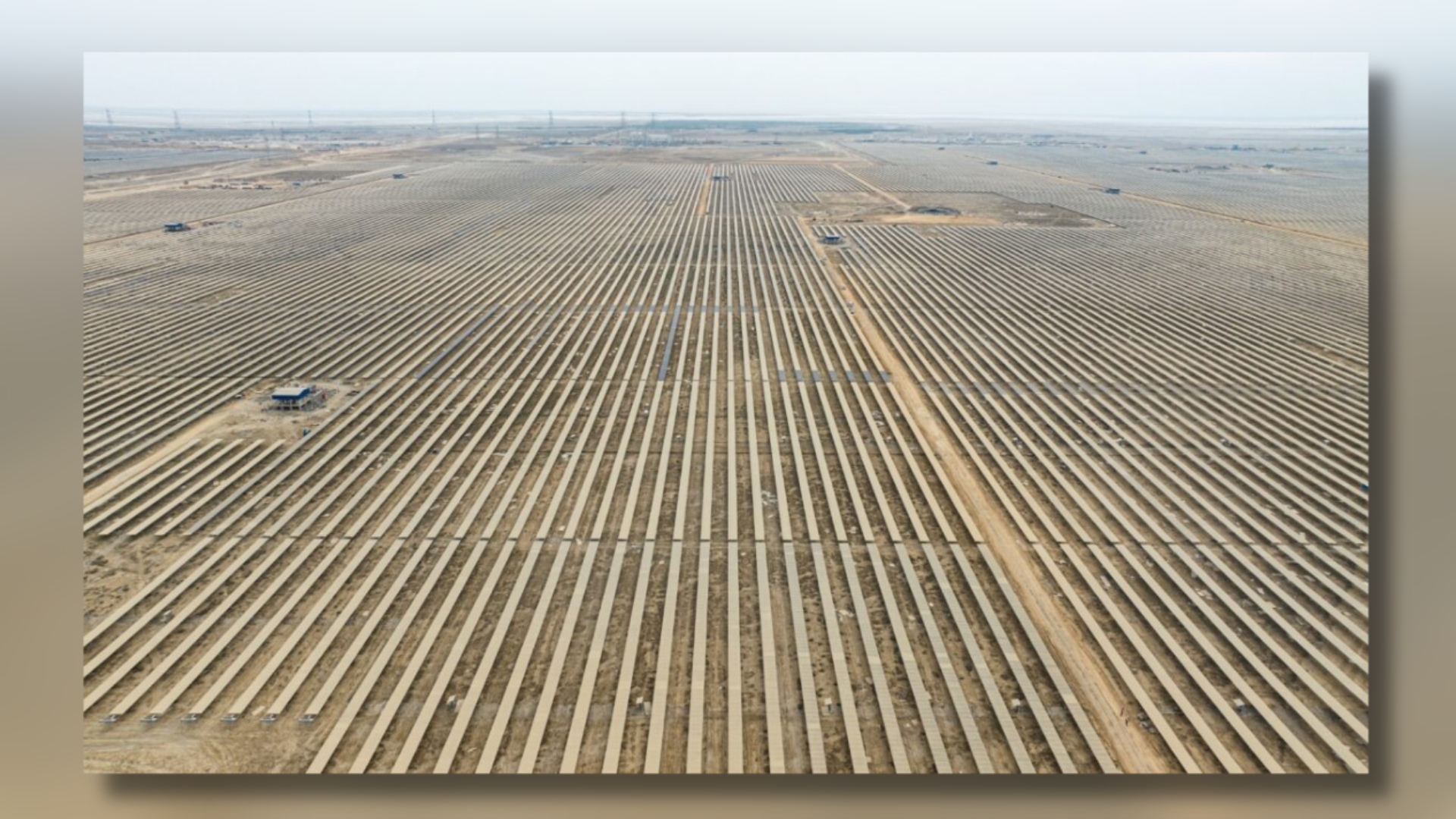
A narrow airstrip devoid of an air traffic controller to guide incoming planes and boasting only a portable toilet and makeshift office in a container sits amidst miles of barren land bordering Pakistan, an unexpected entry point to the world’s largest renewable energy park.
A Humble Start: From Barren Land to Thriving Energy Hub
Back in December 2022, when Gautam Adani, then the world’s second richest person, first arrived by small aircraft, the airstrip was even smaller. Located in an area without even a pincode, it derived its name from a village 80 kilometers away. With its highly saline soil and lack of vegetation, the land seemed inhospitable. Yet, boasting the second-best solar radiation in the country after Ladakh and wind speeds five times that of the plains, it proved an ideal location for a renewable energy park.
Transformation Unveiled: Khavda’s Growth
Located at an 18-kilometer drive from the airstrip, amidst dusty arid land, is the site of his group’s Khavda renewable energy park, sprawling over 538 square kilometers – approximately five times the size of Paris. Upon Mr. Adani’s first visit to Khavda, his executives humorously questioned whether anyone could even find a mosquito in the area.
Navigating Challenges: From Dust Storms to Infrastructure Development
Since then, his group has not only installed solar panels to convert sunlight into electricity and windmills to harness wind speeds of 8 meters per second but also developed worker colonies, established desalination plants to make saline water drinkable, and provided amenities such as mobile phone repair shops. Adani Green Energy Ltd, India’s largest renewable energy company, plans to invest about ₹1.5 lakh crore to generate 30 megawatts of clean electricity at Khavda in Gujarat’s Kutch, according to its Managing Director Vneet Jaain.
The airstrip is utilized to transport group executives from Mundra or Ahmedabad a few times a week. The air traffic controller, or ATC, at Bhuj, located approximately 160 km away, serves as the last guide for airplanes heading to Khavda. However, its reach extends only to ‘Tent City,’ leaving pilots virtually on their own for the last leg of approximately 80 km, including landing.
Overcoming Obstacles: Addressing Khavda’s Challenges
The outer perimeter of the energy park is merely one kilometer away from the international border with Pakistan, with the one-kilometer buffer zone being patrolled by the Border Security Force (BSF). According to executives, the construction of the airstrip took only 35 days, in a region where even tractors needed modifications to navigate the land, which has poor water absorption.
The area faces various challenges, including heavy dust storms from March to June, lack of communication and transportation infrastructure, the nearest habitable area being 80 kilometers away, poor water seepage into the soil during the rainy season, saline groundwater, and being designated as a restricted zone.
Infrastructure Development: Enhancing Connectivity and Utility
The Adani Group’s renewable energy plans are the most ambitious among any corporate entity in the country, aiming to generate 500 gigawatts (GW) of electricity from non-fossil sources by 2030, as part of a broader initiative to achieve net-zero emissions by 2070.
At its peak, Khavda will generate 81 billion units of electricity, sufficient to power entire nations like Belgium, Chile, and Switzerland, according to executives. Vneet Jaain stated that the planned 30 GW capacity at Khavda will comprise 26 GW of solar and 4 GW of wind power. Adani Green Energy Ltd’s (AGEL) existing operational portfolio includes 7,393 MW of solar, 1,401 MW of wind, and 2,140 MW of wind-solar hybrid capacity.
Innovative Solutions: Addressing Maintenance Challenges
Despite the region’s high solar irradiation of 2,060 kWh/m2 and excellent wind resources with speeds of 8 meters per second, frequent sandstorms require solar panels to be cleaned several times a day. To address this, the project will utilize waterless robotic module cleaning systems.
Partnerships and Progress: Government Collaboration
The land in Khavda is government-owned, leased to the Adani Group for 40 years. Over the past five years, Adani Green conducted various studies, including geotechnical investigations, seismic studies, resource assessments, and environmental impact assessments, before commencing development at the site.
Comprehensive Infrastructure: Supporting Growth
Construction commenced in 2022 as part of a comprehensive infrastructure development project. This initiative involved building 100 kilometers of roads, installing 50 kilometers of drainage systems, establishing desalination and three reverse osmosis (RO) plants with a combined capacity of 70 cubic meters per hour to fulfill the drinking water needs of project personnel, laying 180 kilometers of optical fiber cables for connectivity, and setting up concrete batching plants.

